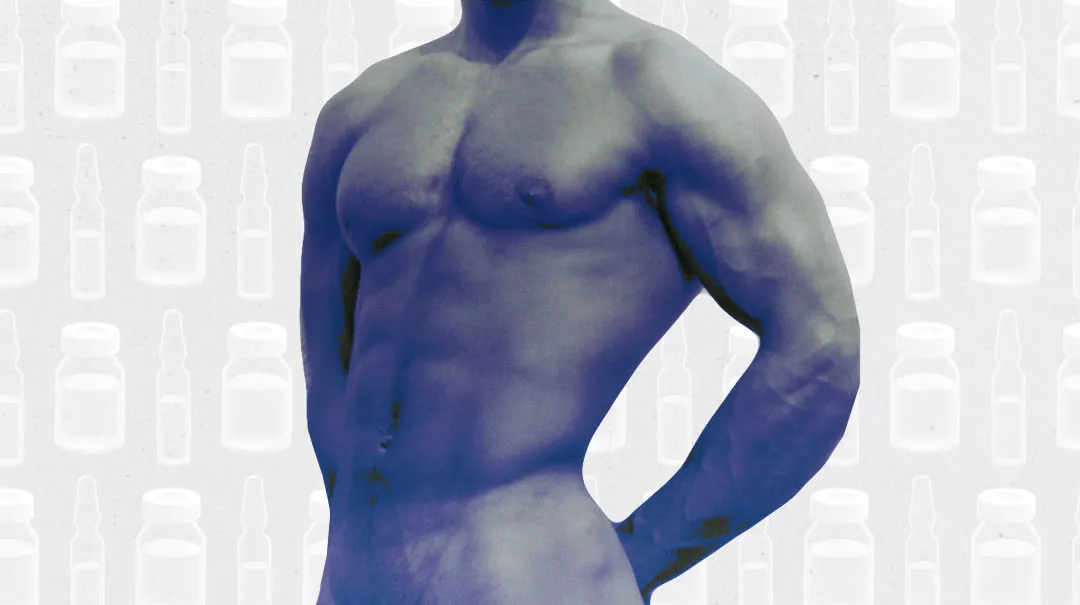Complete Guide to Testosterone Replacement Therapy: Benefits, Risks, and Treatment Options
6850
TRT treats low testosterone, boosting energy, mood, libido, muscle mass, and bone density with different treatment options.

TRT treats low testosterone, boosting energy, mood, libido, muscle mass, and bone density with different treatment options.
Speak to our doctors about your medical concerns today! Book An Appointment Online